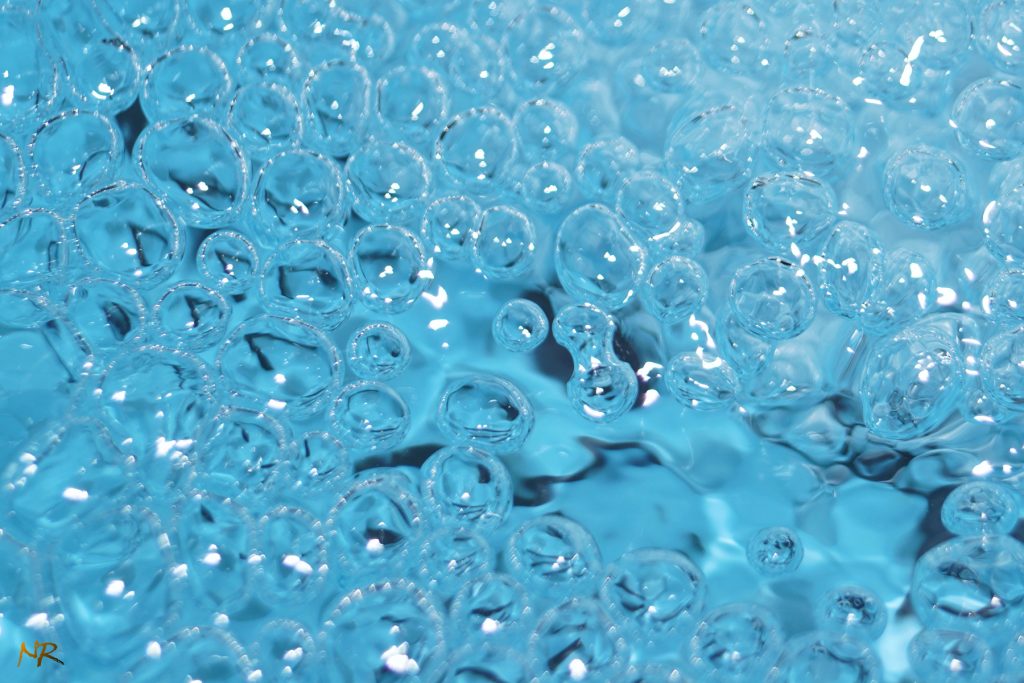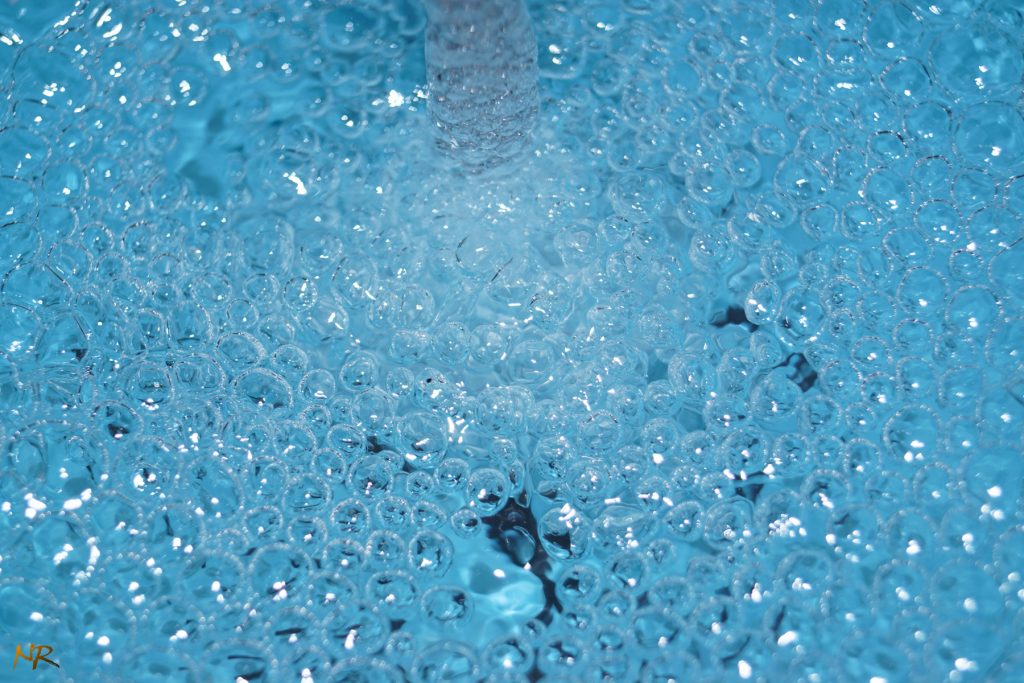I was standing at the kitchen sink, washing out one of the cat dishes.
With ten cats, two of which are in recovery from surgeries and such, breakfast, lunch and supper has become an overwhelming act of depravity. Well, OK, not so much depravity but definitely overwhelming.
There is an endless stream of dishes to be gathered and washed, filled and emptied. Cans disposed of (they all eat Fancy Feast) and spoons washed.
It is nearing the “routine” level of activity now, as I have been doing this for months.
The thing about “routine” is that we generally stop thinking about what we are doing and muscle-memory seems to take over from action to action.
I guess if we didn’t turn off in that manner, we would go crazy in all the endless trivia of repeated tasks.
I have experienced the same on drives, long drives in particular. Where you suddenly realize you can’t remember the last half hour of the road. Our brains have shifted into auto mode and we are no longer forming new memories.
Definitely dangerous when driving … not so much when washing cat dishes.
So, anyway, there I was standing at the kitchen sink and I stopped auto for just a moment and watched how the aerated water was behaving as it hit the dish in front of me.
There was no soap involved in this piece of the process, yet there were bubbles on the surface that were glistening in the sunshine beaming in through the kitchen window.
The engineer in me figured out it was because the aerated water pressure and the shallowness of the dish but the artists in me screamed “stop … camera time”.
So I took a few quick pictures and there are four at the end of the blog. One is full size and the other three are cropped in sections that show more detail. Hope you enjoy.
It could just be a matter of senility as I have definitely crossed the rubicon of old age. But, I marveled at the wonderful shapes and complexities of what the water and air were creating.
The close up shots in particular could be whatever we imagine them to be … isn’t life wonderful?
And yet (and here is the thought that played out in my head later) I almost missed it. In fact, I must have missed it many times before. That cannot be in doubt.
It made me question how much of life is experienced in auto mode?
Our brains are dramatically underutilized, with some studies showing we use as little as 2% of our brains (1% for republicans) and to me, this gives me a better understanding of why.
We have become more efficient in processing things that are happening around us and only choosing to make memories when new things are being experienced.
Our speed of observing things is faster than our speed of processing things into memories, so in order to avoid a buffer-overrun (this is the engineer in me again, sorry) we dump much of what is happening.
Younger people experiencing life’s moments for the first time tend to commit things better into memory that old folk. Their brain is understanding that it hasn’t experienced this before and so it goes to the bother of identifying what is happening, attaching a label to it, and storing it in a box in our hall of memories.
Years later they are able to recall their first kiss, mom’s stew, a favorite sweater, etc. But ask old folk what they ate for dinner a week ago and they will be hard pushed to recall with any certainty.
What the hell is he on about? I hear you ask. Why is any of this even remotely important?
Well, here’s why.
Our experience of life is very much an assembly of memories. We recall good and bad and look back on our week, year, or life, with a determination of whether things are good or bad, based on what we remember.
Extreme good or bad create very profound memories and so we remember them very vividly.
But a lot of other good things can be happening all around us and since we haven’t formed memories with them, we forget them as if they never existed.
And so we can draw the wrong conclusions as to whether life is good or bad at any particular moment. Because only the most extreme or novel are recalled for the assessment.
This can create a very real understatement within our mind of the life we are experiencing and our resultant sadness can be significantly increased.
I’ve said it before; life is to be experienced. It is the journey that gives meaning and value to our lives. Our interactions with those we love. Our ability to help and affect those around us; enhancing their life experience.
Our auto mode disables much of what we experience in life and that is a shame for us. It also affects those we love as we find ourselves not really listening or paying attention and their lives are all the poorer for it.
A few years back I found the auto switch on my camera and there is great joy in switching it off now and then and trying to experience my photographs with only manual settings.
If I could just find my own auto switch, my life would be all the better for occasionally being able to switch it off too. I’ve checked both armpits but I have no idea where they hid it.
I guess I will just occasionally have to stop myself mid-stream and just remind myself to breathe it in and occasionally watch the bubbles.
… just a thought!





